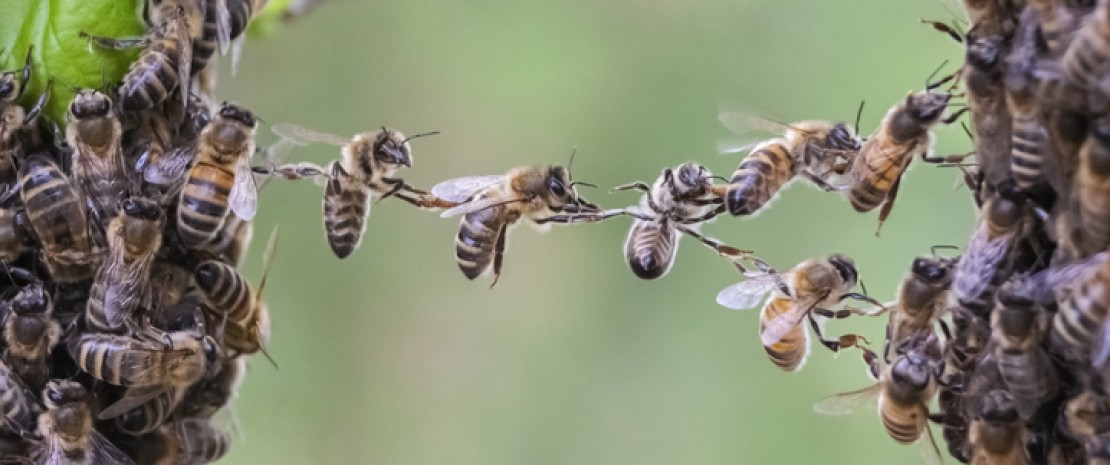As you probably know, Maya the Bee lives surrounded by her half-sisters, since the queen spends her life producing eggs to populate the hive. However, despite their genetic similarity, she and her sisters recognize each other by smell! What’s more, this study suggests that a bee’s scent–a signal of hive membership–is directly linked to the gut microbiota shared with its nestmates
Recognizing their own by smell
The honey bee’s body is covered with scent molecules. This allows the guards at the entrance to the hive to recognize hive members and stop intruders trying to sneak in and steal food. A research team has recently shown that the olfactory cues are based on shared characteristics of the gut microbiota (bacteria, fungi and viruses colonizing the digestive system), rather than genetic similarity. Bees from the same colony share several types of identical bacteria in the gut, giving them their common scent. Conversely, bees from a different colony, whose microbiota is home to distinct bacteria, emit a different scent.
Mechanisms involved
How to explain this influence of the microbiota? A number of theories have been put forward. According to one of them, the colony-specific scent is derived from the smell of the gut microbiota itself. However, this hypothesis seems unlikely as it goes against previous studies suggesting the involvement of molecules secreted by cells located under bees’ “skin”, to which the gut bacteria have no access. A second, more likely, theory suggests that the microbiota of honey bees quantitatively and qualitatively influences the production of scent molecules, for example, by providing their ingredients (or failing to do so). This scent recognition system is very useful to bees, but also has advantages for their gut bacteria: by rejecting bees with a distinct digestive flora, the hive also limits the entry of different bacteria, offering the organisms in the microbiota a quiet life, without competition.













